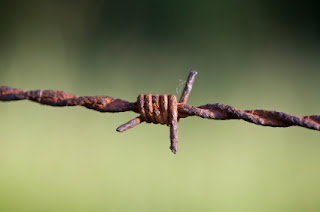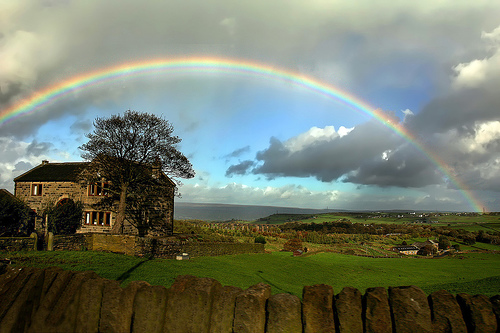Source: www.howtophotography.org
Some of the most essential photography tips for managing the “look” of your images center around choosing proper depth of field. In this article, we’re going to take a look at a few photography tips to help you control the depth of field in your photographs and the effects that it can have.
What is depth of field?
 When you’re attempting to draw your viewer’s eye to your subject, composition is perhaps the single most important element. However, choosing a suitable depth of field is also a very powerful way to center your viewer’s focus on certain aspects within your image while making others less engaging. Think of the depth of field as a line of sight extending from your eye all the way through to the far reaches of your composition. This is “depth”. What we manipulate with depth of field is which elements of that composition are in focus and which are not.
When you’re attempting to draw your viewer’s eye to your subject, composition is perhaps the single most important element. However, choosing a suitable depth of field is also a very powerful way to center your viewer’s focus on certain aspects within your image while making others less engaging. Think of the depth of field as a line of sight extending from your eye all the way through to the far reaches of your composition. This is “depth”. What we manipulate with depth of field is which elements of that composition are in focus and which are not.Levels of depth
As we discuss photography tips for managing depth of field, it’s also important to understand its spectrum. When we refer to a shallow depth of field, we’re alluding to a primary subject (most often in our foreground) which is in focus while the rest of the composition is not. To the contrary, a deep depth of field typically refers to a composition in which all elements from the foreground to the background of the image are in focus.
Photography tips for controlling depth of field
Before we talk about how to control and manage depth of field in your images, let’s look at the functional elements of your camera that contribute to it. The camera’s aperture, or f stop, setting is the most important determining factor in arranging depth of field in an image. When we widen the aperture by using a smaller f stop setting, we allow a greater amount of light into the lens and thereby shallow the depth of field. This sharpens the focus on the subject within the composition in the foreground while blurring the background. Alternatively, closing down your aperture will increase focus throughout the entire composition from front to back. <<Read Full Article>>






